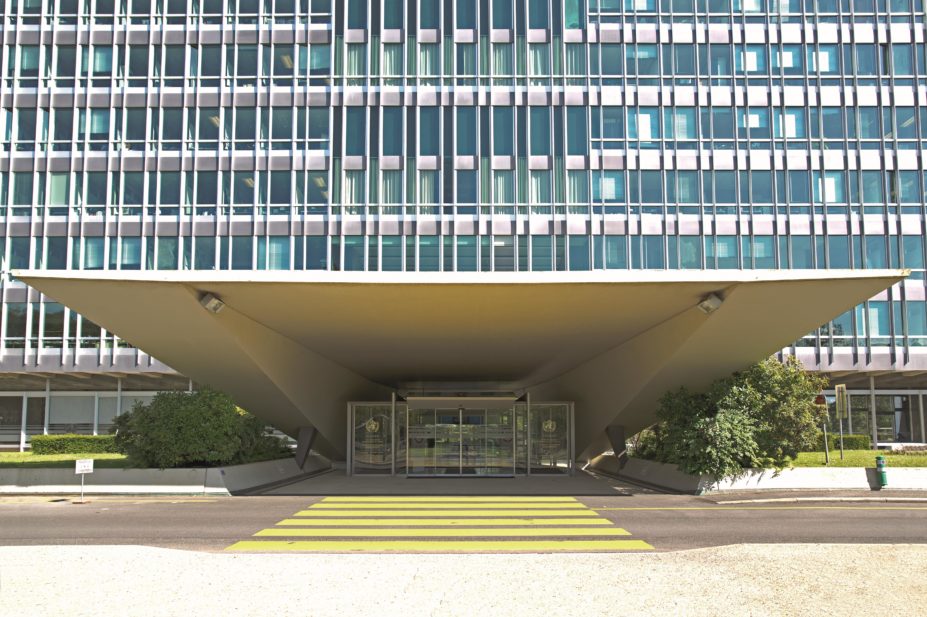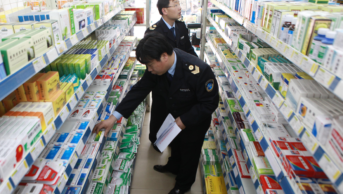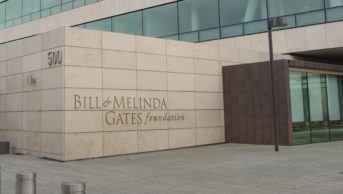
Martin Good / Shutterstock.com
A lack of transparency, collaboration and pharmacoeconomic analysis is hampering processes aimed at ensuring sustainable access to new drugs in Europe, says a new report[1]
by the World Health Organization (WHO).
Recommendations stemming from a comprehensive report into current drugs purchasing systems and policies, apply to countries in “Europe and beyond”, its authors claim.
The report, published on 26 March 2015, analyses the way in which national and regional health bodies in 27 European countries manage spending pressures and offers potential strategies for reducing supply prices. But its findings are equally relevant to wider-world discussions on access to high-cost medicines, says WHO programme manager Hanne Bak Pedersen.
The 184-page report dissects factors affecting the new medicines market: from capacities to assess clinical- and cost-effectiveness, to the relationships between governments, industry and regulators. It also analyses processes prior to, during and after the launch of medicines, such as anticipating their impact, and current pricing and reimbursement methods. Case studies focus on access to tumour necrosis factor alpha inhibitors and new orphan drugs, and medicines for cancer, hepatitis C and type 2 diabetes.
The report criticises the “opaque” negotiations by which governments and pharmaceutical companies establish framework agreements, and calls for “greater transparency and collaboration” on pricing and access. The patchy use of pharmacoeconomics in the purchasing process is highlighted as another key weakness, and its role has wider implications, such as for the procurement of medical equipment, given increasing spending pressures faced by health services.
It also highlights the need to balance the value of innovation with equitable, affordable patient access and that collaboration among regional or sub-regional health systems should focus on chronic care, specialty medicines and rare diseases.
Stronger EU collaboration in health technology assessment (HTA) and price negotiation would increase purchasing power, but with no evidence or experiences from Europe on a single EU-wide system for joint procurement, the report does not make specific recommendations.
Bak Pedersen notes that progress has been made in this area, for example with the vaccines and medicines Joint Procurement Agreement (JPA) established in 2014. This enables member states to adopt common approaches to contract negotiations. However, it is not a panacea: a JPA-led initiative by French health minister Marisol Touraine to mobilise all European countries around price negotiations with Gilead on its Sovaldi hepatitis C drug eventually fell through.
Asked about the possibility of establishing a dedicated EU medicines price-negotiation platform, the European Commission declined to comment. However, it confirmed that the topic is under increasing discussion.
As for the creation of a single European HTA system, England’s National Institute for Health and Care Excellence (NICE) says: “Doing HTA properly is resource-consuming [so] it is important to develop collaborative approaches where possible.” However, it said there was currently no plan to produce a single European assessment.
Despite the barriers, the report’s authors remain positive about being able to “help thought leaders in pharmaceutical policy work together and develop sustainable policy solutions in Europe and beyond”, says Bak Pedersen.


